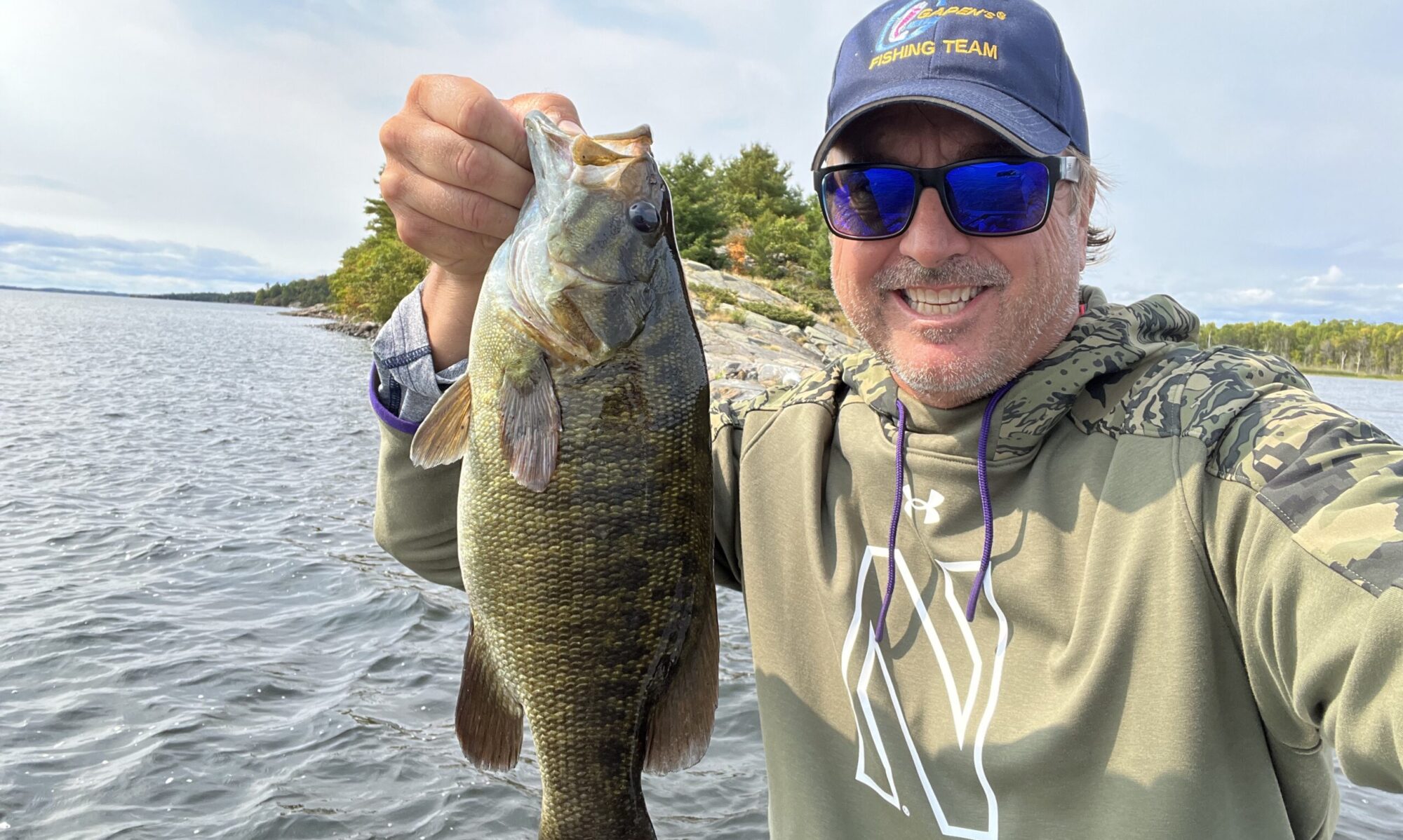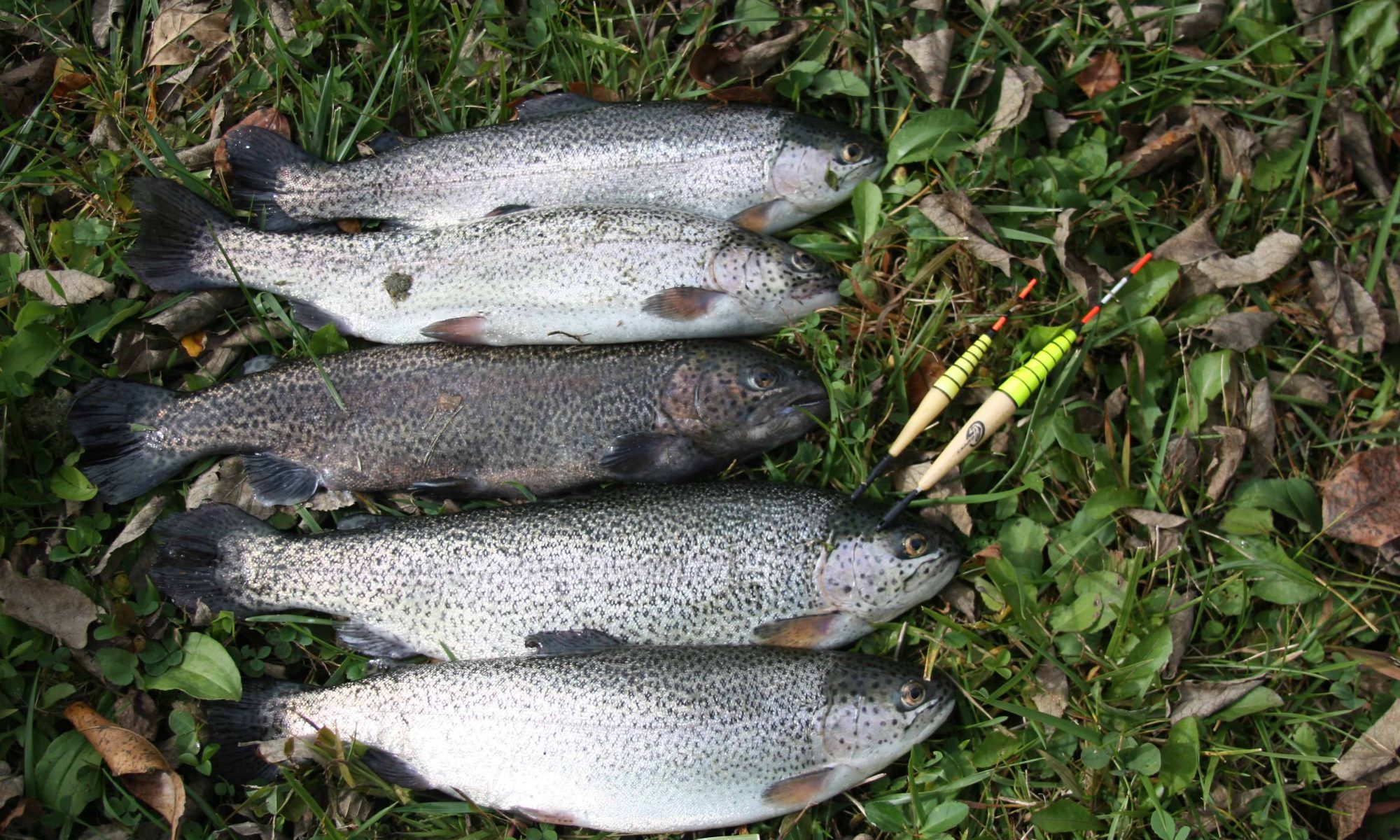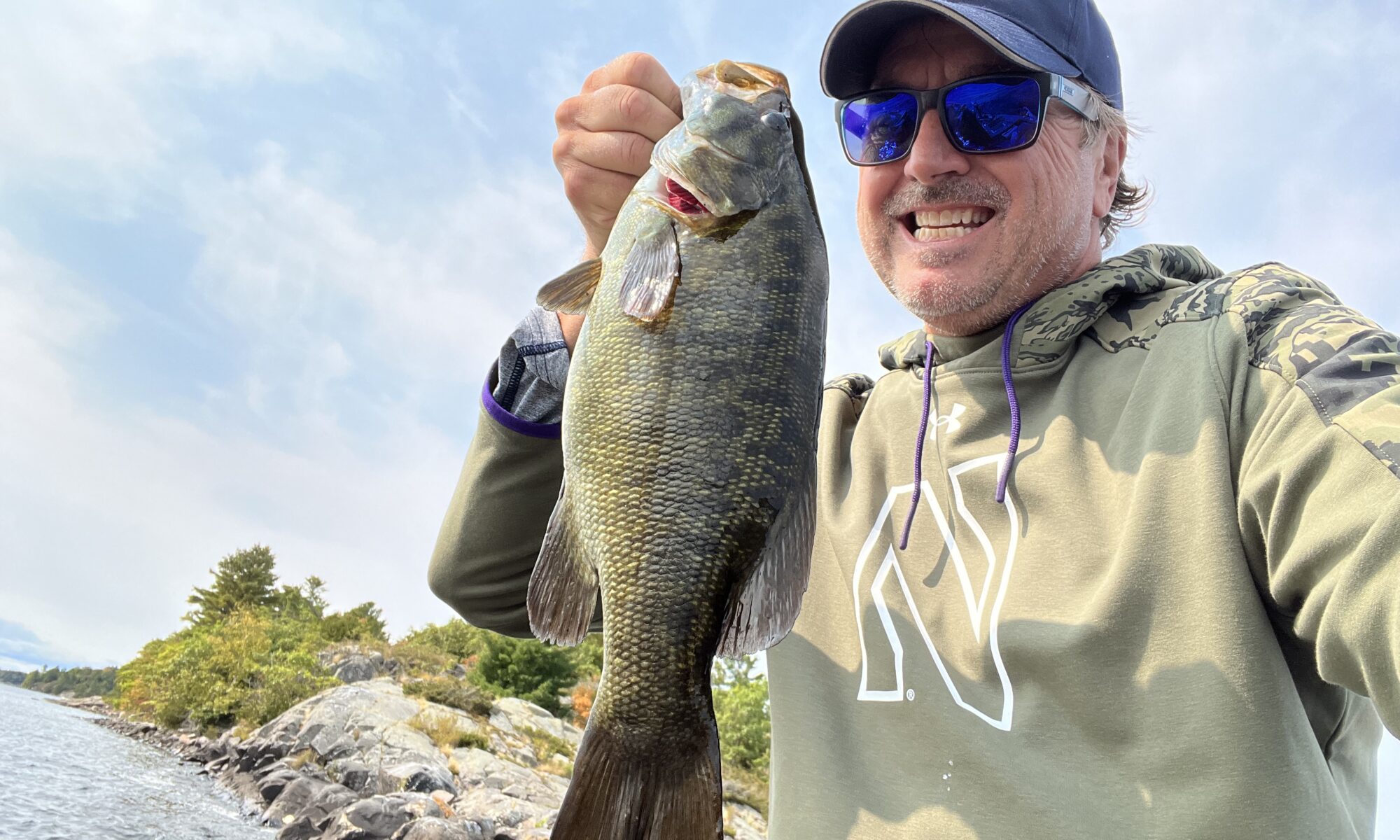Stocked Trout Fishing Best Baits and tackle for catching stocked trout.
by Johnny Wilkins – Chicago Fishing School Outdoors
In my area, cold water fishing means slower fishing. This is of course, unless you have stocked rainbow trout fishing by you! Spring cold water fishing is best when the waters are packed with stocked rainbow trout. These fish are literally dumped into ponds, reservoirs, lakes and rivers to provide us with great Spring fishing opportunities.
Oh, catching stocked rainbow trout can be a fun and rewarding experience! Here are a few tips to help you out.
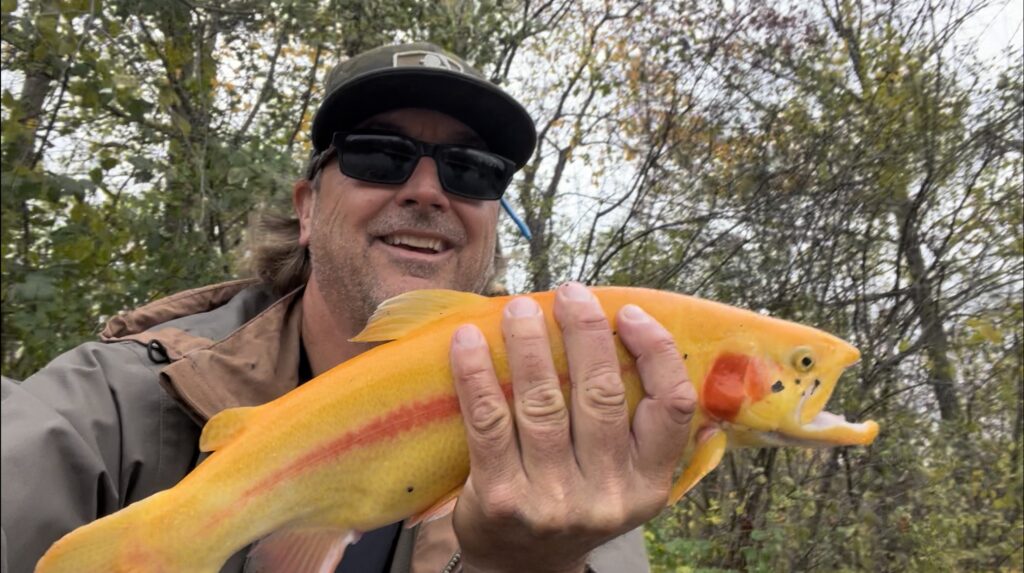
Great Stocked Trout Fishing Tips
Below are some great tips for setting up and catching more stocked trout. Improving your bait as well as your trout-fishing tackle will result in you hooking way more fish. Along with these tips you can find the most sensitive trout fishing tackle at the LiveBaitFishingTackle online store. This is all field-tested and sells many of my favorite trout fishing hooks, floats and lines. This link brings you right to the trout section. Follow the tips below and have a ton of success with trout fishing.
Order Fresh Live Bait for Stocked Trout
1. The top tip to catching more fish – fresh bait. Order fresh bait: Call your local bait store a week prior to your trout fishing trip. Give them time so that they can have fresh spikes, bulk wax worms or crappie minnows in stock for you. 1,000 spikes is the ultimate trout bait, but you have to call ahead to make sure they have these ready for you!
Spikes are maggots and they are my best fishing bait for trout that I can recommend. Many bait stores do not stock these. They may be able to order them from their distributor and have them ready for you. Call on the Monday or Tuesday for Thursday or Friday pm pickup! Always carry a cooler with you so that you can keep your bait on ice. Never leave bait in the car – ever. Fresh bait catches the most fish. This is why I have a couple thousand fresh maggots ready to fish – chilled and fresh.
SUPREME BAIT
the SPIKE
The ultimate bait that fish can’t turn down. This bait lives underwater, takes fish from passive to active feeding and stores for long periods of time on ice. Keep chilled and enjoy a month’s storage! This bait lives undewater for :15 minutes of ultimate fish-catching action. Important to use light leader line and small, sharp, premium hook for better fish-catching! Fish go crazy over this ultimate bait. This is my go-to bait for stocked trout fishing and panfish in all US Waters. I have used this bait in competitions and even in my world record for shore fishing.
Order Live Bait Online – Shipped to You
A great option for ordering your stocked trout bait is Vados Bait Express. I order 2,000 spikes, 250 wax worms and 2 tubs of leaf worms from them and they ship it right to my door. This is the most fresh bait you can get and the highest quality. This is because it is shipped direct and skips a step. Also, Vados has been selling live bait for over 60 years. Note- they ship Monday – Wednesday for the weekend. Bait stores- you can also order bulk bait to stock for your customers through Vados Bait.
The Right Baits for Catching Stocked Trout
2. Choose the right bait: Stocked trout are often accustomed to eating natural foods, so using live grubs (spikes, maggots), insects and small worms can be more effective than artificial baits. These live baits work better because movement on the hook will trigger more strikes from trout. Trout have fantastic eye sight so fresh bait really gets them eating. Make sure to use colors that resemble natural trout foods and fresh bait matters. These fish eat hundreds of insects every day. Trout can see the difference between fake bait and fresh, live bait. Better fresh bait such as spikes, wax worms, leaf worms, small leeches and crickets are superior trout-catching baits. Small crappie minnows are also another excellent choice for rainbow trout fishing.
Stocked Trout Can Stack up in Balls or Schools
3. Location is key: Find out exactly where the trout are stocked in your area. You can find a list of stocked trout fishing lakes in your area. In some states this is very seasonal such as early spring and fall. Look for lakes, ponds, or rivers that have recently been stocked. Trout tend to stay close to where they were released initially. After that initial period, they will patrol the shores looking for food. If you are not catching during the first few days of fishing, the stocked trout could be balled up in one corner of the lake or pond. You might see people packed in tight – this is how you instantly know the trout are in the ball.
Attract Trout With Trout Pellets or Attractant Mix
This can be a frustrating experience with the crowd, but get on the edge of the crowd as the ball will move around. Wait it out – or use trout-calling attractant to draw the ball to you. I developed Fish in a Barrel attractant for stocked trout. This pellet is designed to be tossed in very small amounts to draw in and hold the stocked trout in front of you. The pellet’s properties have scent, sight and sound that increases your trout catch. Another formula mix I use is BOOM Attractant Mix. While my primary attractant is the pellet over the top of my float setup attack, BOOM also works to draw and hold stocked trout. The Panfish mix I developed from competitions and is made with mix and one can of bread crumb. Mix BOOM up with 1/2 can of water and create dime-sized coins. Toss these small coins over the top of your float and turn on the fish! This is great for when the fishing is slow and is designed to literally – turn the bite on.
When using mix – stay STILL. Don’t drift, don’t walk around. Fish one spot hard and feed “little and often”. Small amounts often are the key to turning on fish – especially stocked trout. When you fish the above attractants, you will find the trout are there the NEXT DAY. They hold over the area when they smell this. Several times I fished for 4 hours before the trout showed up. Once they showed up, I caught my limit of trout. In both cases, I also attracted dozens of fishermen on the tough-bite days. When they saw I was catching, they all walked over and crowded my spot. (Check your state regulations and also local water regulations to make certain this is legal). Some states do not allow this such as California and Minnesota.
Timing for Stocked Trout Fishing
4. Timing matters: Trout tend to be most active during lower light times of the day, such as early morning or late afternoon. Plan your fishing trip accordingly to increase your chances of success. Light impacts trout activity. Their superior vision works in low-light situations when they have a great view of the natural foods such as hatching insects and small minnows. The fishing might be dead say early morning as well as early afternoon. The fish might just turn on an hour before dark. They seemed to be on a timer and they are! Stocked trout are fed two times a day. The fish’s clocks are all tuned to two daily bursts in feeding. Early morning and late afternoon are logical choices for you to cash in on the best fishing. There have been times where twilight fishing scored my most and biggest trout. You can change this timing by using some of the feeding attractants. It is possible to take the fish from non-feeding to active feeding (almost a super-power).
Depth and Location is Critical
5. Cast strategically: Trout often gather outside structures like fallen trees, rocks, or deep pools. Cast your line near these areas, as they provide hiding spots and natural feeding grounds for the fish. Stocked trout do patrol and move around. Finding the correct depth is also critical. If fishing with a friend, have one friend set bait depth at 4 foot deep and another person set depth at 8 feet deep on a slip bobber (if your water is that deep). Altering your depths on separate lines will unlock a pattern. Once you catch at one depth – odds are you will find this depth is that of the active fish. If I had to error, I would error up in the water column. Trout are top-column feeders many of the time with hatching insects. The eyes of the trout are up for a reason. When in doubt, fish up. That said, this fish also will patrol the bottom for insects. There are times when that deep rig will also reward you. Float fishing is best, but a bottom weighted rig will score.
Stealth While Fishing & Patience
6. Patience and stealth: Approach the water quietly and avoid making sudden movements. Trout have keen senses and can easily be spooked. Take your time and wait for the fish to bite. Green and brown clothing will aid in hiding your movements. Stay low and still for more fish. Stocked fish are not as shy, but will avoid big movements and bright colors will turn them away. Let the fish focus on just the delicious live bait and put more rainbow trout on your line. My teacher, Mick Thill, would always wear browns and dark green when fishing. Camouflage shirts and natural-colored pants will keep you hidden and were Mick’s favorite. White shirts, bright orange or yellow would really set off Thill and catching fish. Trade your bright clothing in for more natural clothing.
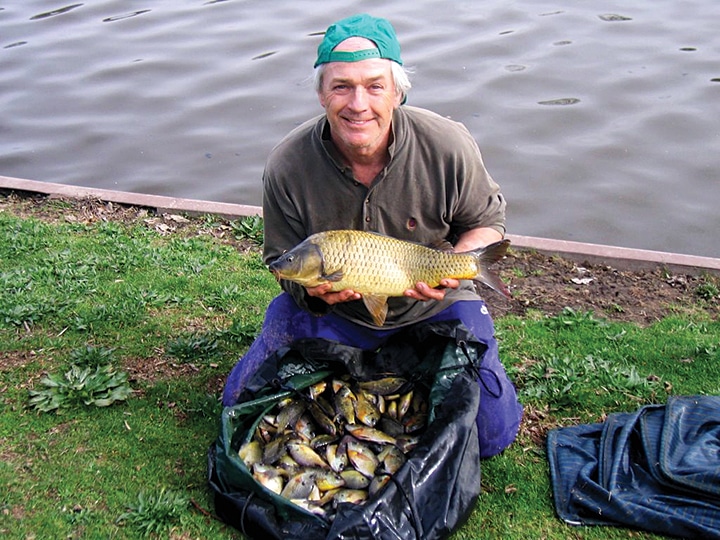
Float Pop to Attract the Trout
7. Vary your retrieve: Experiment with different retrieval techniques to see what works best. Sometimes a slow and steady retrieve is effective, while other times short and quick jerks can entice a strike. With a float, you can present the bait at depth. This is very important for trout. Keeping the bait in their sight path will score. With a float you can do a trout-attracting retrieve. You can float pop a live bait with rod twitches to attract attention. After twitching your rod tip – do let your offering drop in the water column and lie still. Falling bait is the most attractive motion for trout next to rising bait. Literally all of the trout’s food rises from the bottom or falls from the top of the water. They will respond to your float pop twitch and wait fishing.
Leader Line & Sharp Hooks
8. Gear up: Get ready the week prior by tying fresh hook lengths, making sure you have supplies such as small, sharp hooks, quality leader lines in stock. These sharp, small hooks will make your live bait perform better (again fresh, moving bait is important). During the days before I am going stocked trout fishing, I will tie up spare premium hook lengths. I tie on steel hooks which keep my bait moving longer. My favorite fishing hook is the Owner Mosquito Fishing Hook for trout. This hook is chemically sharpened and this results in livelier bait and more hook-ups. The sharp point lands home and hooks up more light-biting fish.
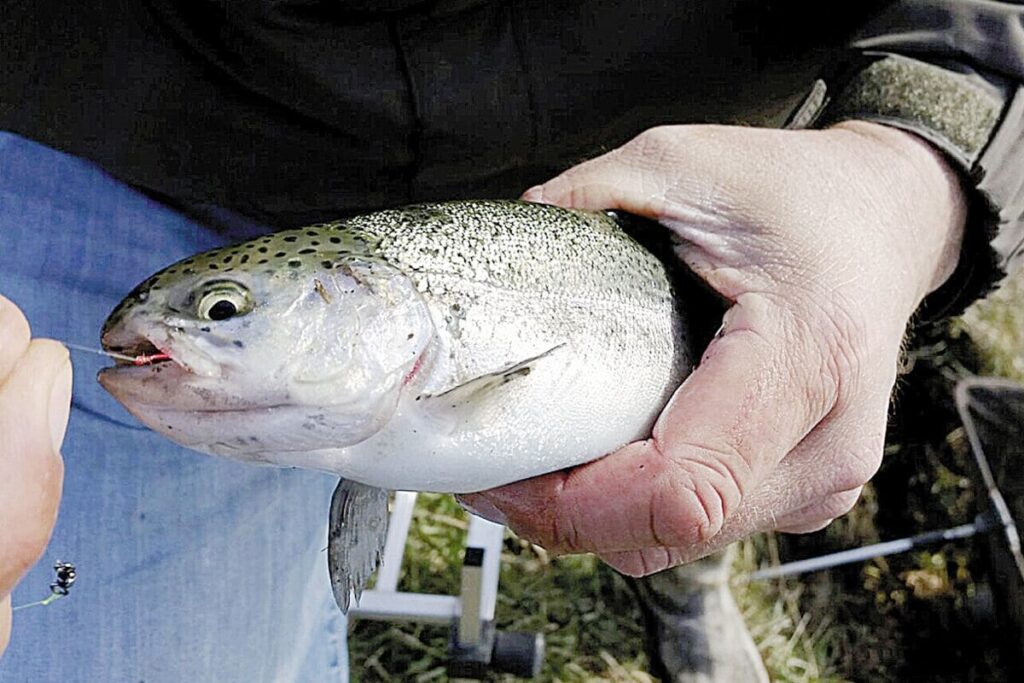
I use these hooks on premium leader line that is 16″ long. This length keeps the fish from focusing on knots or swivels in the rig and also gives me a longer, slower drop with the hook bait. I also use a premium fluorocarbon fishing line. This line is more clear than water. With trout’s vision, you do not want them to spot your line. If they spot your line, they will swim right around it. All of my big trout are hooked on fluorocarbon leader line with a tiny hook. My absolute favorite hook is the size 14 Mosquito hook by Owner. For panfish, there is no other hook I would fish.
Last But Not Least – Trout Bobbers
I say bobbers, but really a proper bite indicator. Bobbers are just big chunks of material that don’t move. What you want is smaller, delicate floats (these are lighter and more stealth). Floats are only made of balsa wood. No plastic, foam and definitely never have a plastic tube in them. Floats move quickly and RESPOND to any touch by a fish. A properly balanced float will show you the instant the fish takes the hook bait. A float will also not be detected by the fish. This allows the fishermen (you) more time to set the hook.
The bobber people will have to depend on a fish hooking itself. Many fish will take the bait and few will hook themselves. If you use a produce like a plastic slip bobber, a rocket bobber, plastic bobber with air in the middle – these are all too slow and heavy. They will NOT react and you will be losing many fish that eject the bait. These all offer resistance. In nature, there is zero resistance on food fish eat.
The balsa float (especially small for trout), moves when the hook is touched when under a size. Even with the small float size and thin shape, the smallest balsa float will be occasionally ejected on light bite days with trout. The difference is that you SEE IT. On other bobber sizes you see nothing. When I see the float come back up after waiting and trying to count to three, this means a light bite. Trout will often circle back around and go at the bait again. The giant white trout above was caught when I saw my float go under two times and then come back up. This trout released my hook and ejected it twice before finally taking the bait. I could see every hit and release from up above.
Examples of great floats for catching trout are any of these pictured.
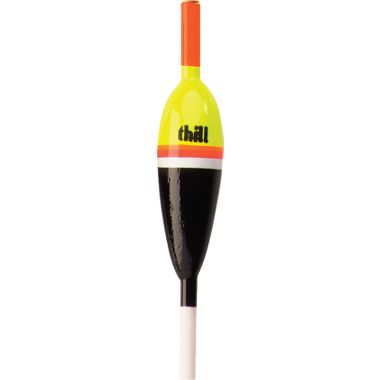
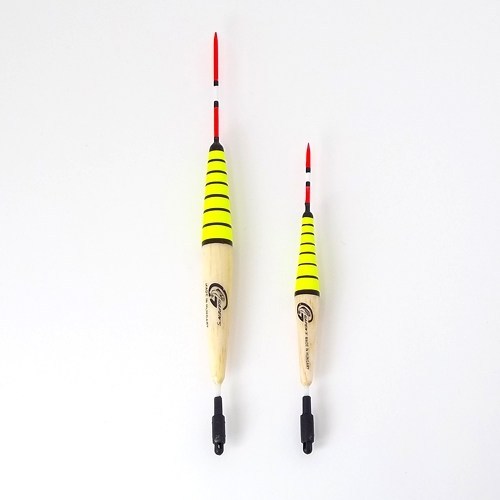
Weather Important – Know Your Wind
9. Check the weather: When stocked trout fishing, and any time, check your weather. The app I like is called Fish Weather. You can also use the fish weather site instead of an app. If you have a smart phone, this is a killer outdoors tool for. It is free and will tell you the direction of the wind and the intensity. By viewing this and looking at the lake you are going to fish, you may decide to fish face into the wind. While it may be easier to cast with the wind at your back, the activity at the side of the pond with the wind is often greater. If the wind is intense, you may prepare by bringing longer rods and slightly larger floats. I have caught fish in white caps on a pond only several feet from shore. Conditions might be bad, but at least you will be prepared.
Ok – my favorite baits in order:
- 1. Spikes (hands down, fresh maggots are #1) ask the trout
- 2. Wax Worms
- 3. Red Worms
- 4. Nightcrawler Chunks
- 5. Crappie Minnows
- 6. Small Spinner (first lure)
- 7. Crickets
- 8. Jarred Fish Eggs
- 9. Gapen Redball (artificial egg)
- 10. Butter Worms
- 11. Meal Worms
- Worst Bait: (only in case none of the above available) Powerbait
Remember, fishing is all about enjoying the experience and being in nature. Even if you don’t catch anything right away, don’t get discouraged. Keep trying, and I’m sure you’ll have a great time catching those stocked trout!
- This article was written by a human. Use of content, pictures or text using AI or any other collection method or publication method is strictly prohibited and will result in a fine, compensation up to $2,500 per instance. Use without permission of Johnny Wilkins, Chicago Fishing School or LiveBaitFishingTackle is prohibited. •
